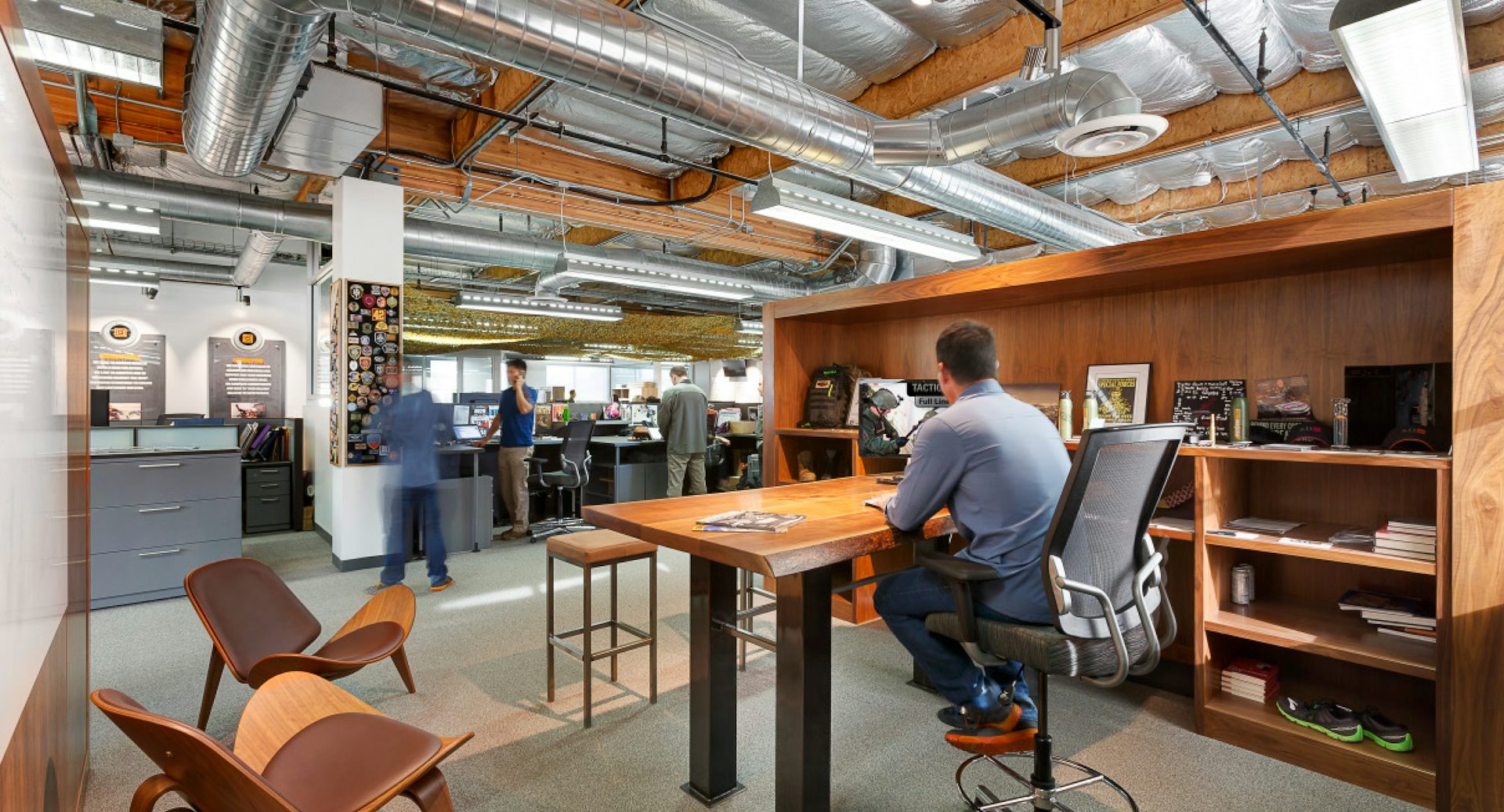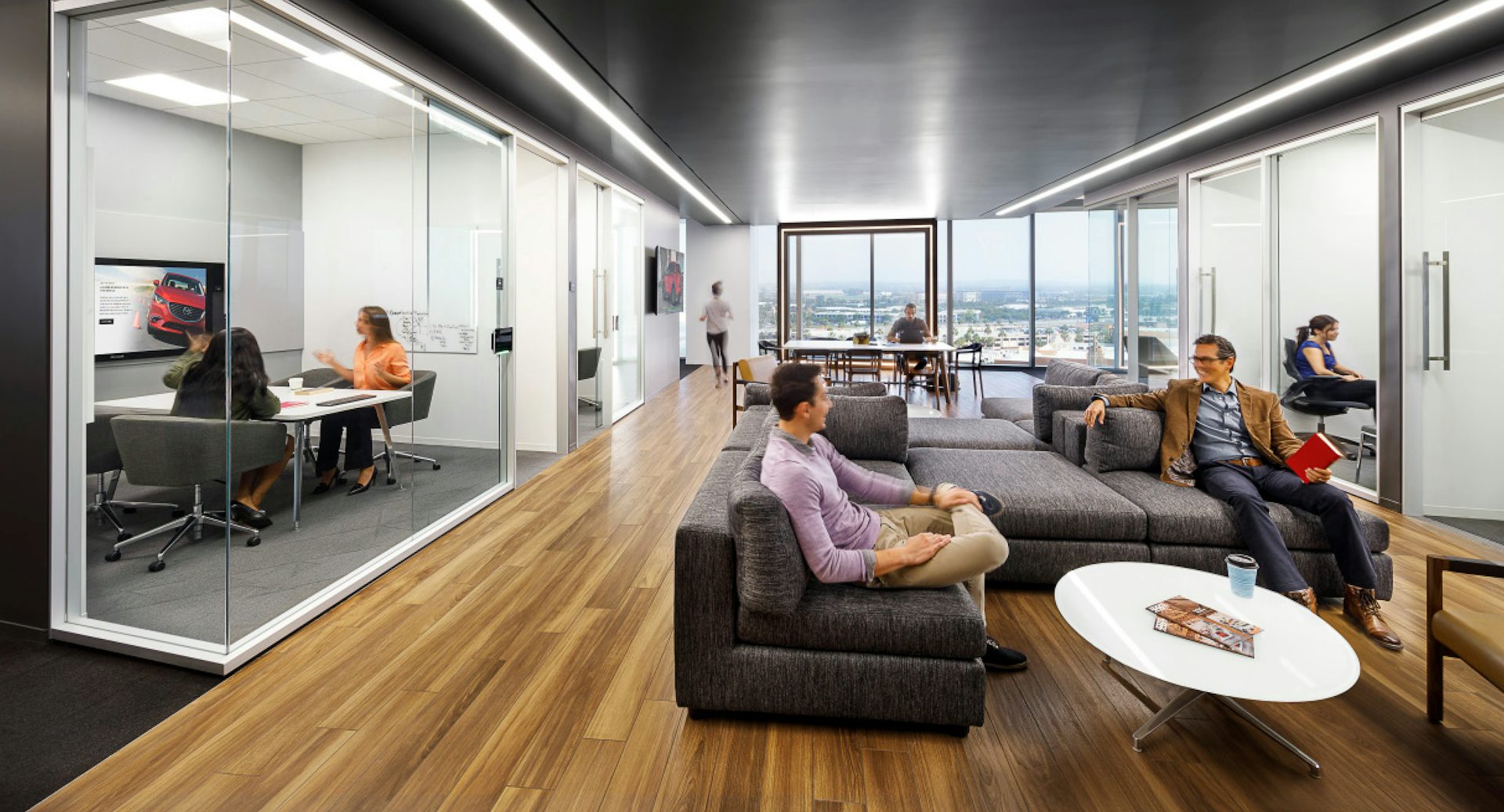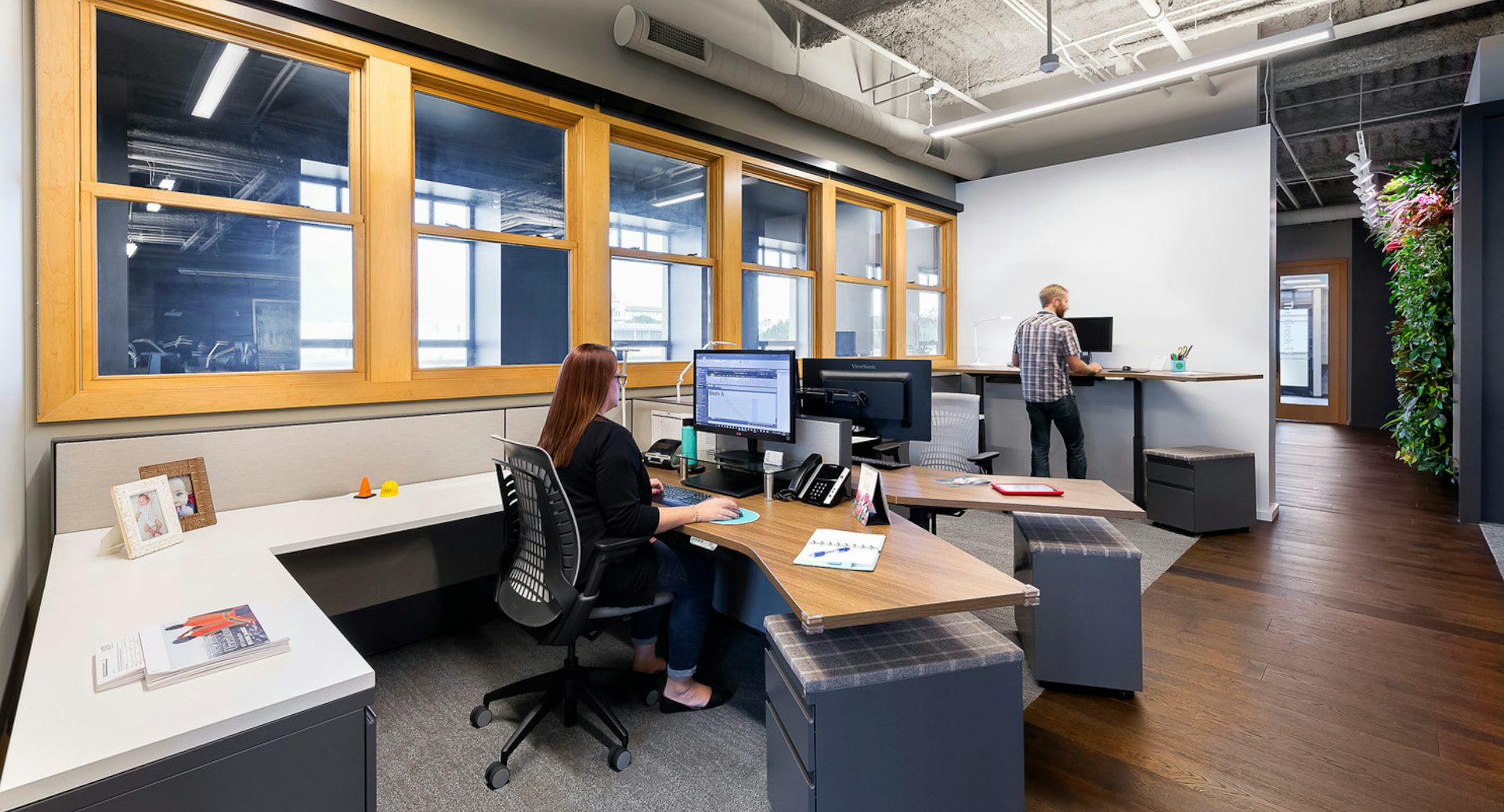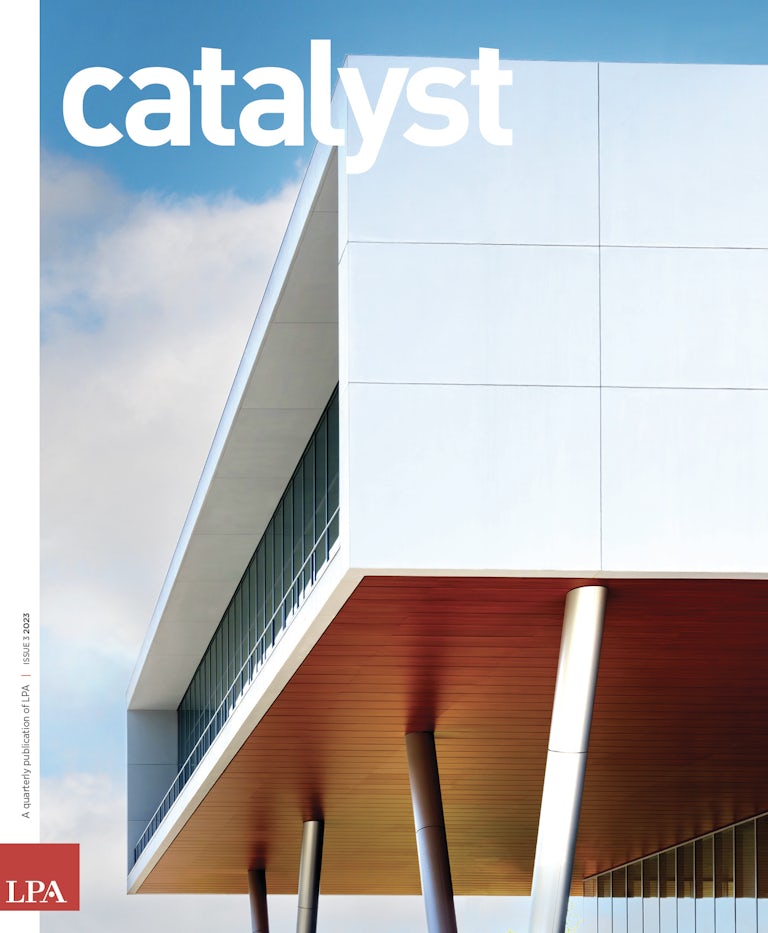A better understanding of an individual’s adapted work style can ensure environments are designed to support their holistic needs.
Research into workplace environments often focuses on individual personality traits and the nature of the work people do. Different personalities — extroverts, introverts, ambiverts — respond to spaces in different ways, creating opportunities for designers to develop more-supportive and impactful environments.
LPA researchers recently pivoted to include a third area — work styles. The effort was sparked by an exploration of learning styles launched by landscape architect Danielle Cleveland, who often works on education projects. Discussions then shifted to the workplace and the idea that people have work styles in the same way students exhibit learning styles.
“When designing for work style behaviors, there’s this component of how an individual has adapted to situations and consciously adjusted their behavior to meet the needs of their social and physical environment,” says LPA Research Analyst Rachel Nasland.
Person-environment fit theory makes the connection between the environment’s compatibility with its users and the potential effect on motivation, retention, behavior and mental and physical health. There is strong evidence regarding learning styles and personality traits. However, there is relatively little research on work styles, compared to other elements of workplace environmental design, Nasland found.
Understanding different work styles allows designers to develop a range of environments that support both natural and adapted styles.
In part, there is an assumption that work styles are simply an engrained element of a personality, or just part of the requirements of a job role. “Work styles were originally conceived as stable, trait-like attributes of the employee developing in childhood through experimentation and reinforcement,” a study by the Faculty of Human Sciences in Australia notes. “However, work styles have been more recently conceived as being responsive to influences such as personal cognitions, social identities and environmental constraints.”
The Australian study points to the social and physical environment as playing a role in how employees merge their natural tendencies with their adapted styles and approaches, learned over the duration of life experience, Nasland says. An understanding of work styles as an adapted behavior can provide important context for a workplace design. An environment that supports the type of work also should align with how an individual prefers to work. When the environment reinforces a person’s preferred work style, they will feel more at ease and able to sustain focus and productivity.
Understanding different work styles allows designers to develop a range of environments that support both natural and adapted styles. Neglecting them forces people to work outside of their comfort zone and exert more energy to fit within the environmental constraints.
“If there’s a misalignment between the type of work employees do, their style of work and the immediate environment, then there is a lack of person-environment fit,” Nasland says. “This inhibits employees from doing their best work, because they have to consciously shift their behavior to cope with the requirements of the workspace.”
Research into work styles recognizes a combination of factors, including differences in how people communicate, manage conflict and collaborate. Emerging research identifies four distinct types of work styles, Nasland found.
Logical, analytical, data-oriented “doers”
These workers have a linear approach and are results driven. They prefer solitary work for the bulk of their projects and may have challenges with the communication and planning involved in collaboration. But they benefit from being paired with “big picture” thinkers who can provide complex problems to solve. While these workers prefer their own personal space, it can be beneficial to locate them adjacent to casual, larger spaces that allow for some team connection. In terms of workspace, a more traditional approach to an office with a dedicated desk and chair will accommodate their style best.
Supportive, Collaborative, People-Oriented “Integrators”
These individuals bring teams together and focus on building meaningful relationships. They’re skilled at collaborating and integrating team members into projects. Motivated by their connections with others, they prefer talking through projects, but can struggle with distractions and decision making. These employees do not rely on a dedicated workspace but thrive in social spaces that allow them to connect and collaborate with team members. Inviting spaces with comfortable, informal seating signal more personal and team-building engagements.
Organized, Structured, Detail-Oriented “Planners”
These sequential thinkers are detail and process oriented. They tend to be the planners on the team, providing order and stability to projects. They often rely on finely tuned processes and approach projects by gathering all the resources up front. These employees are best paired with action-oriented team members (doers) who can direct them and clearly communicate deadlines. But they value privacy and quiet spaces that allow them to work alone. As planners and organizers, a dedicated space with partial walls and dividers would allow for fluid privacy, as well as storage to house their own materials.
Big-Picture Visionary, Idea-Oriented “Influencers”
These inventive employees view obstacles as opportunities and develop a vision for how to capitalize on them. They tend to be passionate communicators and skilled presenters, often facilitating large-scale change and being a source of energy in the workplace. However, as abstract thinkers, they can lack structure and neglect the details. They benefit from partnering with team members who excel in the execution. The nature of these workers favors activated and fluid spaces that encourage creativity and allow them to present in different settings. Flexible and agile workers, they prefer simple and streamlined workstations and using a laptop to touch down in a variety of spaces. Adjustable furniture and open and semiprivate spaces reinforce that freedom to move around.



















